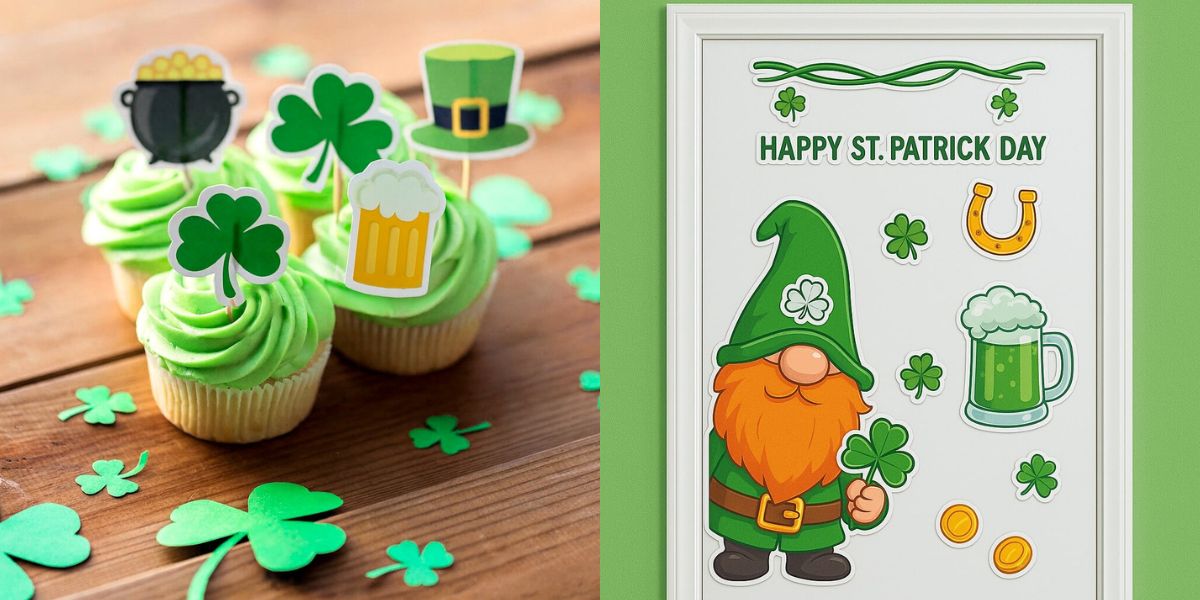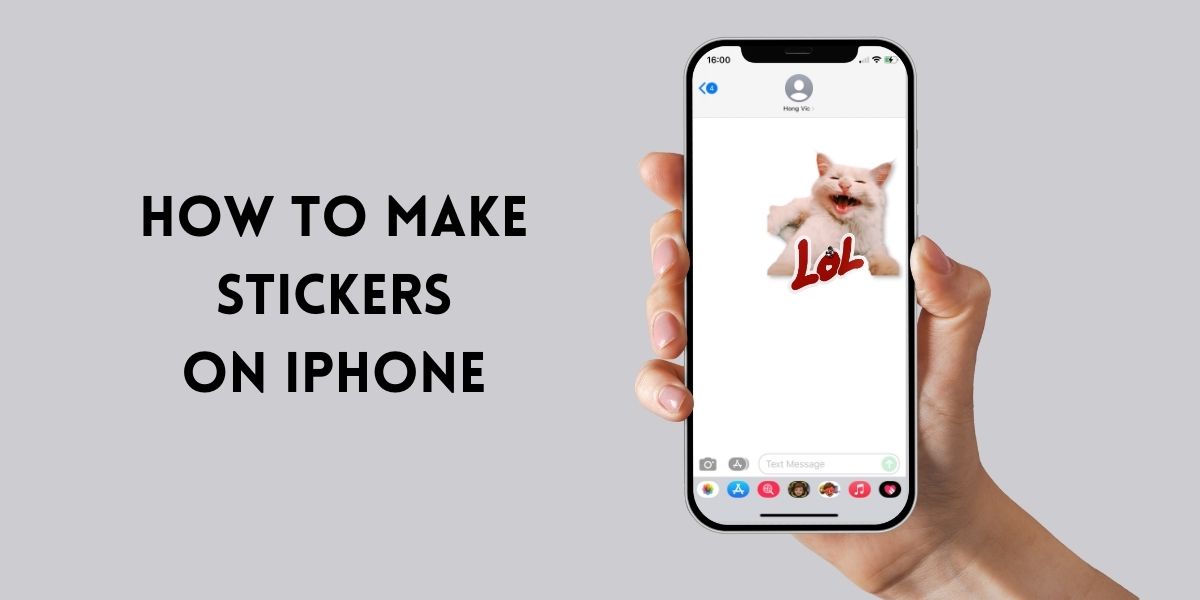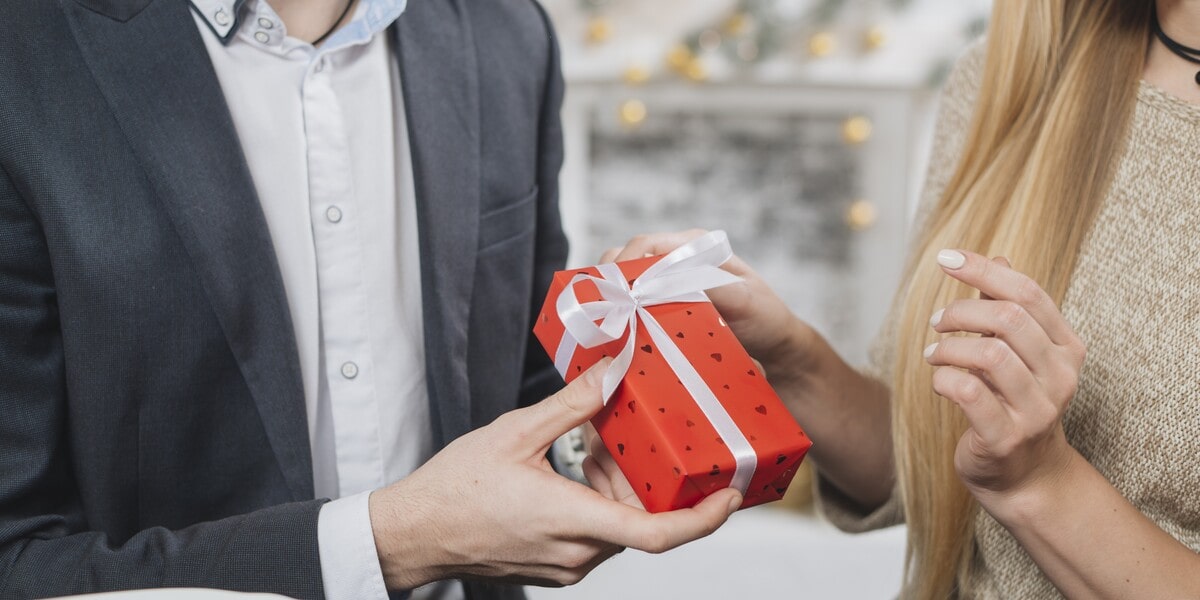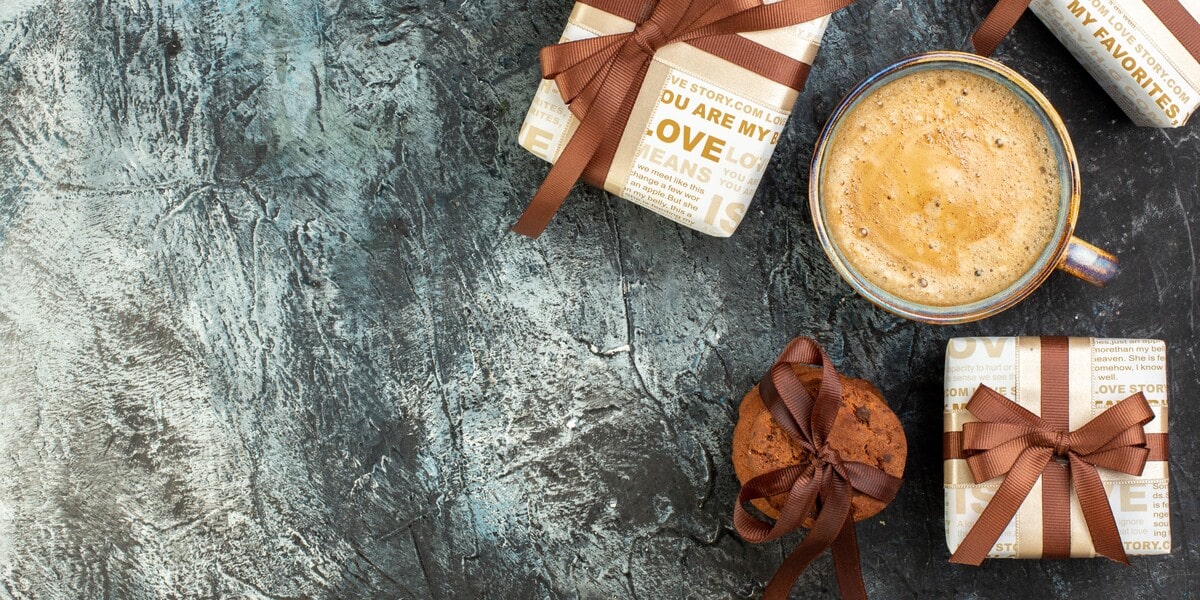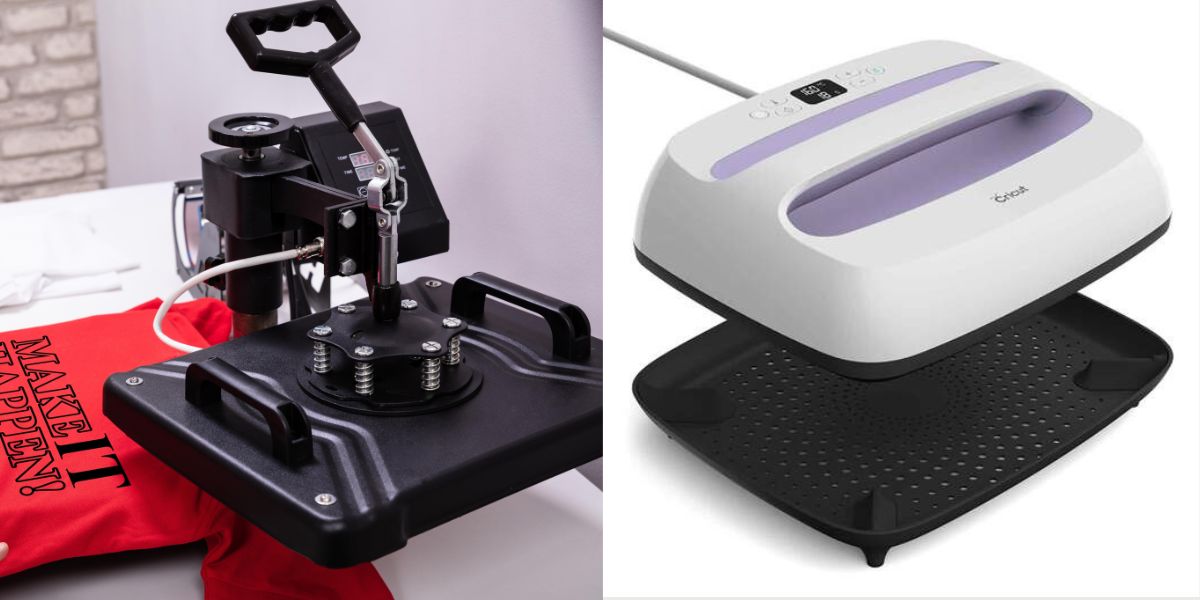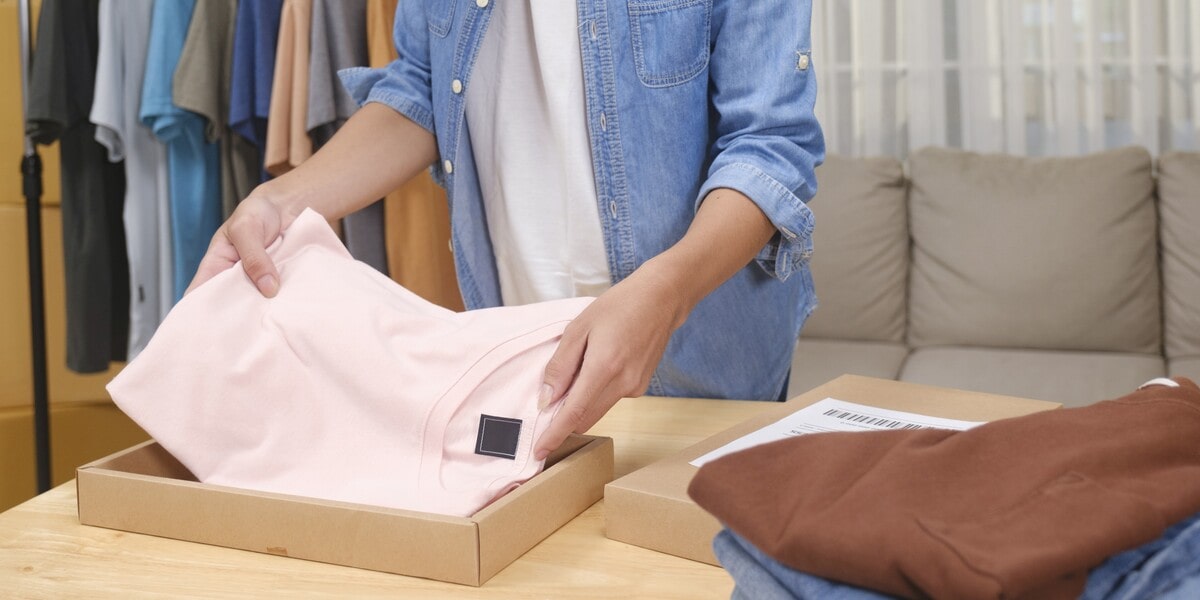
Blog
5 Key Factors that Waterproof Labels for bottles must have
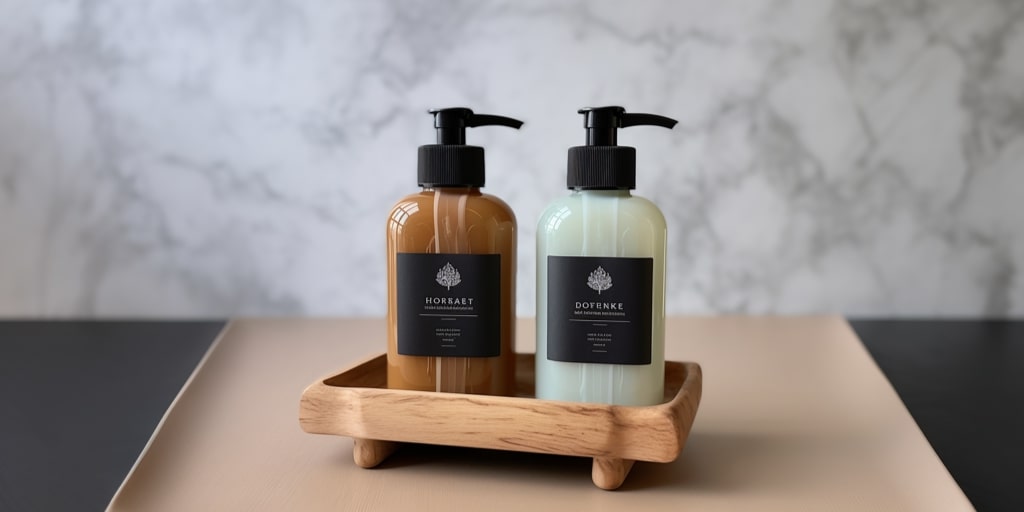
In the beverage industry, standing out from other competitors is not just about what’s inside the bottle; it’s also about showcasing your quality on the outside. For businesses in this field, the significance of waterproof labels that can withstand any wet or moisture condition cannot be overstated.
So, the question is: how can you ensure your product labels are genuinely waterproof? In this blog post, CustomAny will get a walk through 5 key factors that high-quality waterproof labels must have. This checklist will help you in checking, upgrading or creating a waterproof feature of a bottle.
Let’s get started.
Importance of Waterproof Labels
When it comes to beverage products, especially which are packed in bottles, picking a waterproof label is a must. You can easily see the importance of waterproof labels for these kinds of products:
- Waterproof labels protect the essential information such as ingredients or manufacturer against damages when it is exposed to wet or moisture in delivery or in use.
- These wet-resistant labels help ensure that your product appearance stays vibrant and leaves a lasting impression on your customers.
- A genuinely waterproof label also maintains the visual appeal of your products, elevating your brand’s image in professionalism and quality.
- Waterproof labels can withstand the wear and tear that comes when your products are transported or in customers’ daily handling.
- Their professional aesthetics elevate your brand’s image.

5 Must-Have Factors in Waterproof Labels
Now that we just remind you of the significance of waterproof labels for bottled products, don’t you think that it’s time you need to take steps to guarantee your labels quality in waterproof features? There are 5 key factors that a genuinely water-resistant label must have for a guaranteed durability and longevity. This is also a checklist for you if you are planning for new, high-quality labels for your bottles.
1. Waterproof Materials: BOPP
Labels are made by printing information and images onto a base layer. This layer is commonly paper, waterproof label paper, vinyl, or polyester. Each material brings out different appearance, quality and features for the final label.
However, when you put the waterproof features first, BOPP comes in as the optimal choice. BOPP (Biaxially Oriented Polypropylene) is a thermoplastic polymer, also known as polypropene. It is exceptionally resistant to water, so labels made from this material have amazing durability, even when they are put in wet or moisture condition. Moreover, the unique molecular orientation of BOPP not only provides it from water but also acts as a barrier to protect labels against oils and other environmental challenges.
If you are interested in BOPP and want to know more benefits when you use this material for making custom labels, explore our related blog: “Why BOPP Labels Are The Best For Your Product?“

2. Suitable Printing Technologies
Besides the base that you will print onto, the method you use to create labels also plays a crucial role in making them waterproof.
Common printing methods for product labels include offset printing, digital printing, flexographic printing, etc.
If you want to pursue effective waterproof labels, 2 methods: digital printing and flexographic printing will be the ideal choices. Why? Because these printing techniques can align with waterproof materials and provide you quality prints.
Specifically, digital printing produces high-resolution prints, which is particularly remarkable for making waterproof labels. Besides, flexographic printing is compatible with various ink types and this technique makes these inks adhere well to different materials. With these features, these two printing methods are the key contributors for creating waterproof labels.
3. Waterproof Inks: Pigment Inks
How to make labels for water bottles? In the next step, we will need to consider the suitable ink type for making waterproof labels. There are various options for you to choose from, such as dye inks and pigment ink.
For deeper knowledge of ink choices for printing labels, go to our previous blog “Dye Ink vs Pigment Ink“. However, for printing waterproof labels, we highly recommend you use pigment inks.
You may want to know what pigment inks are. These inks are the type of ink composed of tiny solid particles suspended in liquid, which can be used to create a robust and water-resistant print. Pigment inks stand out for its exceptional colorfastness, resisting fading or bleeding when exposed to moisture. Label prints that use pigment ink can remain unaffected by water, moisture or wet conditions.

4. Waterproof Adhesives
In the bottom of your label, there’s an important layer that strongly affects the water resistance of your labels – the adhesive. A waterproof adhesive layer establishes the durability of your labels when they are exposed to water or to a moisture environment.
Acrylic adhesives will be the suitable choice for bottle labels that require durability in the face of water exposure. Thanks to its chemical structure of acrylate monomer chains, this adhesive type can maintain its adhesion even when your labels are exposed to moisture, preventing bottle labels from peeling off.
5. Lamination
After the labels are printed with all the water-resistant components above, there’s an extra step to ensure their waterproof feature, and this is called lamination.
Lamination is the process of adding a clear, waterproof film over the label surface to protect it from external elements, including water. We’ve mentioned it before as one of the methods of how to make stickers waterproof. This lamination acts as the barrier, preserving the label’s vibrant colors and shielding against ink running or smudging if the bottles get wet or are immersed under water. So if you are looking for water resistant labels for water bottles, lamination is our advice for you.
If you produce labels in-house, make sure the process incorporates all 5 key factors we’ve just mentioned. If you use a third-party service for printing waterproof stickers, have them commit to all of the points in our waterproof label checklist.

Tips for Creating Waterproof Labels for your water bottle Business
The process of making waterproof bottle labels don’t just stop by that, it also involves some tips to ensure your waterproof labels will be done right and then be effective in use:
1. Choosing the Right Label Supplier
If you don’t have a production line for making product labels in-house, it is price effective to use a professional printing service from a third party. Look for a reputable and experienced label supplier (like CustomAny, of course) to ensure your water labels are made from durable material, printed using suitable methods and machines.
2. Testing and Quality Control
When you have the final products of waterproof labels, it is crucial to conduct some tests. Then, if these labels pass the test and are applied to the full-scale of your bottles, don’t forget quality control throughout your distribution and use process.
You can get feedback from carriers, retailers, agents and consumers of your products, thereby promptly correcting errors if any.
3. Continuous Improvement
Embrace a mindset of continuously improving your waterproof label. You can gather feedback from your carriers, retailers, and consumers of your products, thereby enhancing your labels’ durability and visual appeal.
Conclusion
We can see that making impeccable waterproof labels for your water bottled products is no longer a hard task with the help of our 5 key factors checklist, as well as 3 top tips mentioned above. Take your time committing to improvement in product labeling and you’ll be amazed by the change a well-made and high-quality label exceeds expectations, can bring to your business.
If you are ready to do it, you can put us in charge of printing your next batch of waterproof labels. CustomAny will be honored to be your companion on this labeling journey.


